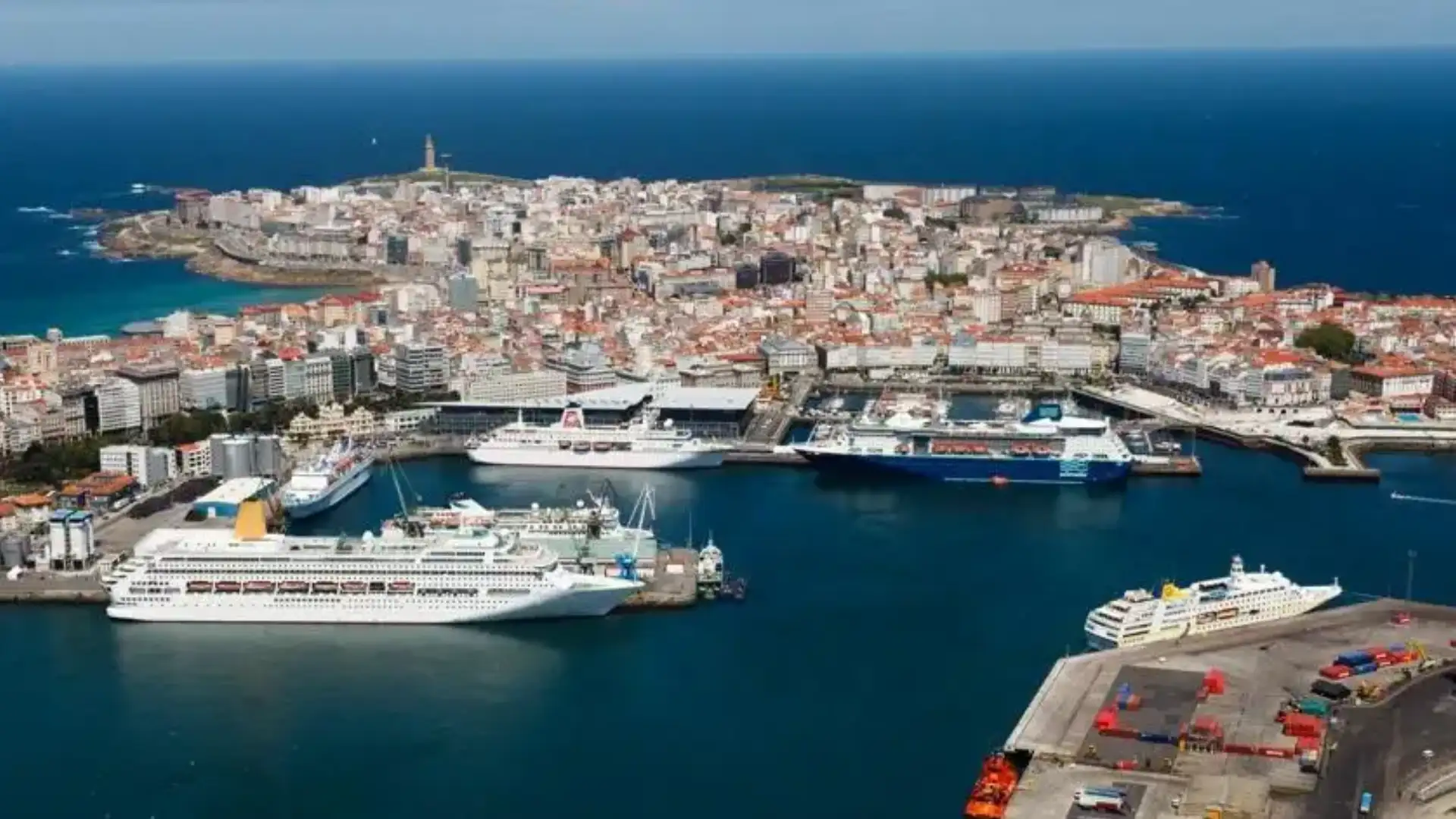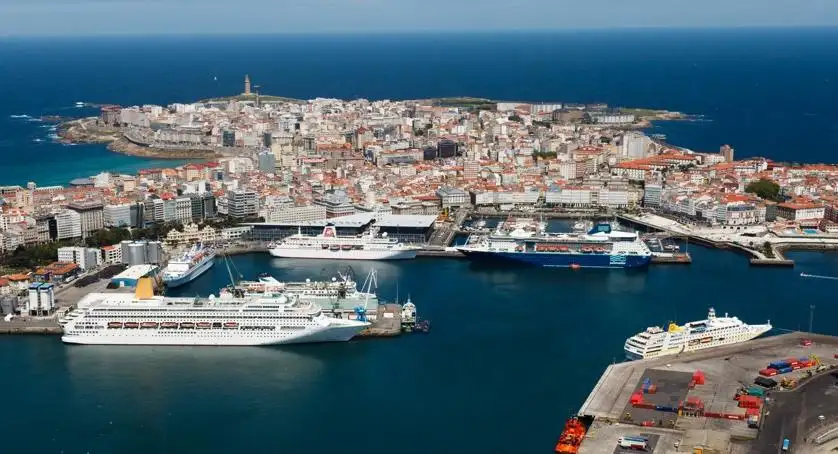
The Port of La Coruña achieves a new record in the traffic of cruises
The Port of La Coruña achieves a new record in the traffic of cruises

The president of the Harbour Authority today presented the data on this sector in A Coruña, which stands out as leader of the northern Peninsular strip, with excellent forecasts for 2019... for its part the director for Spain of the International Association of Cruise Lines (CLIA) presented in A Coruña the annual report on the contribution of the sector to the Spanish economy (Photo Harbour Authority of A Coruña)
The Port of A Coruña will record next year a new record in cruise traffic, exceeding the ceiling reached in 2017. This is what the president of the Harbour Authority, Enrique Losada, advanced today in the course of the presentation of the Annual Economic Contribution Report, prepared by CLIA España (International Association of Cruises Lines). The session presented the data on the cruise sector in the Port of A Coruña and the progress of the forecasts for 2019. There are already 130 contracted scales for this exercise, in which around 190,000 passengers are expected.
By adding passage and crew, it is expected that some 255,000 visitors, the vast majority of them foreign, will arrive by sea to the city of A Coruña, which will have a huge economic impact. "We estimate that next year the return to the city will be 15 million euros, including port rates and charges, expenditure made by passengers and crew, as well as payments to operators, carriers or supplies," Enrique Losada explained in the course of the presentation, stressing that the cruise sector is strategic for the Port of A Coruña precisely for its contribution to the economic growth of the city and to the tourist dynamics. He also recalled the enormous impact on the image of the destination at the international level, especially when the prescribers are the customers of the shipping companies, from many countries of the world, who also stand out for their fidelity to the product and for their ability to spend.
The president of the Harbour Authority clarified that not only is the quantitative assessment of the evolution of the sector important. Success is also measured in the quality of the customers captured by the public body, among them the world's leading shipping companies, with a high level of loyalty to the A Coruña destination. These include P & O Cuises, with 18 scales scheduled for 2019; Fred Olsen with 17, Aida with 13, MSC Cruises and TUI Cuises with 9 or Royal Caribbean with 7 heaps. They will also repeat with their ships other flagship companies such as Cruise & Maritime Voyages, Saga Cruises, Costa Cruises, Hapag Lloyd, Cunard or Ponant.
Alfredo Serrano, national director of CLIA Spain, presented the annual report on the economic contribution of the sector to the Spanish economy. During his speech he stressed that Spain is among the top 5 countries that benefit most from the cruise industry in Europe and is the four passenger-issuing market. It is also the second destination of cruises with leadership options. Between 2015, the date of the last study, and 2017, the total economic impact of the cruises in Spain grew by 11%, with a figure of 4,252 million euros. Similarly, the number of direct jobs generated in 2017 was 12,718, 8% more than in 2015, and expenditure on wages and other remuneration in 2017 was 416 million euros, 11% more than two years ago. On the other hand, Serrano stressed that the figure of direct expenditure on ship maintenance and renewal in 2017 increased by 6.4% from 2015, reaching 306 million euros. In this regard, it is worth noting the consolidation of Navantia Cádiz as Hub of Renewal and Repair of cruise ships. Direct expenditure by crew and passengers in Spanish destinations in 2017 was EUR 628 million, 15% more than in 2015. To this cost we must add the other direct costs such as those incurred by the ships themselves when the ships are in port or those derived from the repair and remodeling of ships, as well as the indirect and induced impacts to reach 4,252 million euros of total economic impact.
© 2024 Nautica Digital Europe - www.nauticadigital.eu











